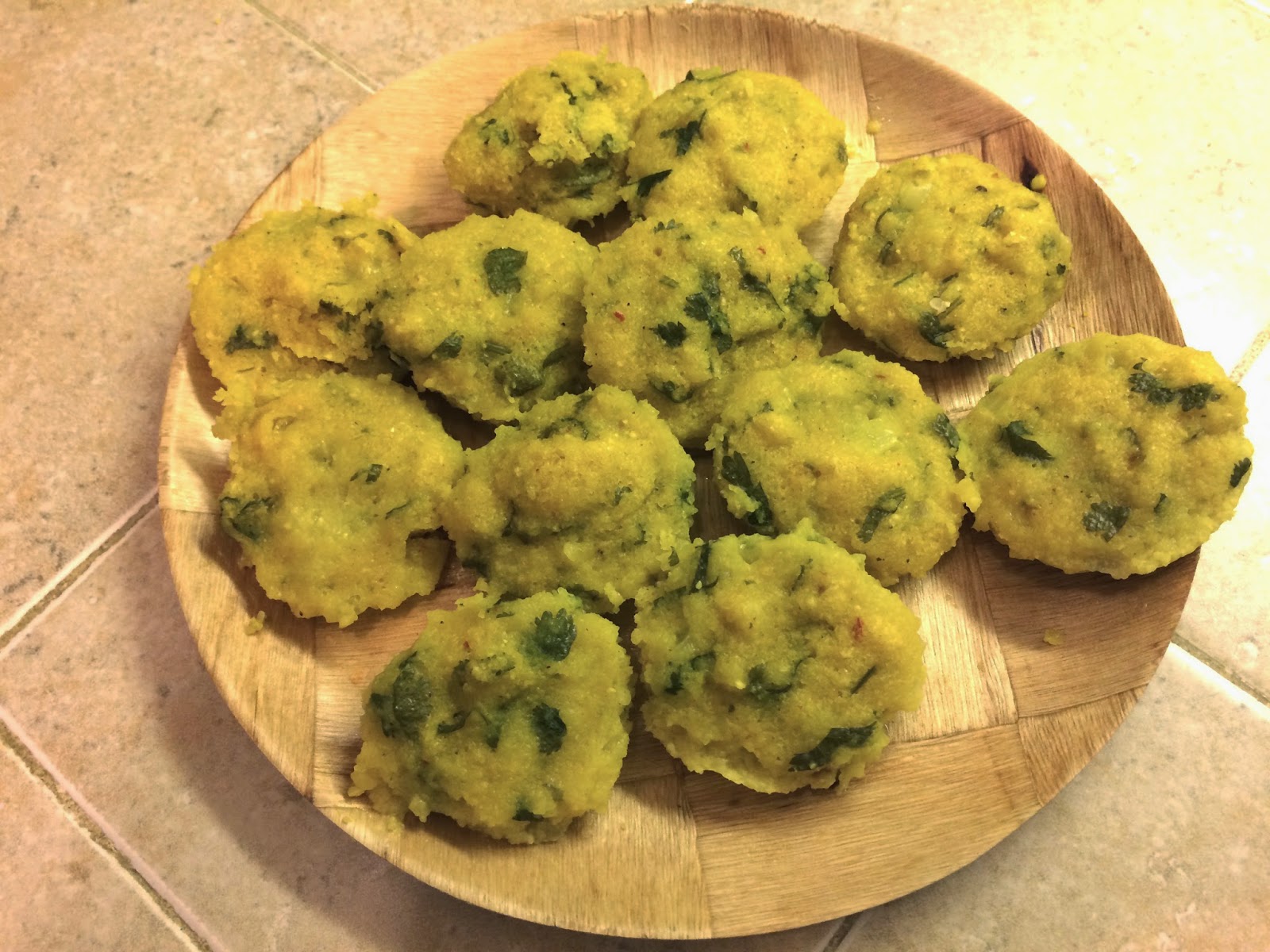Let me start by saying that the human skin absorbs almost 60% of the products that you apply on it. So, everything from your soap, lotion, shampoo to your night creams are being absorbed directly into your system. There is so much information out there regarding the toxic chemicals beings used in all the skin and hair care products today and that includes even the most expensive and upscale designer brands and yet we tend to ignore this as 'How much careful can you be?' At least was my stance as I used to find the jargon mind numbing and way too confusing. Anyhow, I have tried to break down the whole issue in simpler to understand terms but still its a long read full of scientific sounding names:
US federal government doesn’t require health studies or pre-market testing on personal care products. Manufacturers are free to put just about anything they want into cosmetics which include everything from soaps, shampoo-conditioners, skin creams to deodorants, sun screens and toothpastes. Many of the things we use as “soap” are actually harsh detergents or chemical cocktails. There are at least 100 chemicals that have been banned in Europe but are not regulated in the US. Deceptive packaging is another problem - the industry goes to great lengths to hide the chemicals used - just because the label says 'Natural' it doesn't mean that a product is chemical free. Its important to look beyond the labels and keep an eye out for the actual ingredients used. Here is a list of the few toxins found in most skin and hair care products:
SLS or Sodium Lauryl Sulfate: is one of the biggest culprits. Also, marketed under the variant SLES (Sodium Lauryl Ether Sulfate) or Sodium Laureth Sulfate. SLS is widely used in all kinds of soaps, hair shampoos even car cleaners and floor cleaners because of its corrosive powers - it attacks grease readily. It cleans the skin by corrosion i.e it rips your skin of its vital protective oils and thereby messing up the skin's ability to effectively regulate moisture. Just to let you know SLS is also used for testing in labs as a skin irritant. SLS is used on test animals to irritate their skin and then test the effectiveness of the various healing lotions.
Another serious issue with SLS is related to nitrate contamination. SLS reacts with many types of ingredients used in skin and hair care products and forms nitrates (nitrosamines) that are a deadly class of carcinogens. And because of the severe penetrating power of SLS, large amounts to these carcinogens are being absorbed into your system via your skin. (Source)
Synthetic fragrances: Artificial fragrances are usually added to mask the strong smell of various toxic chemicals used in the product. Whether its soaps, perfumes or deodorants, the manufacturers are not bound by FDA to reveal the ingredients of the fragrance as they are considered 'trade secrets' which basically means you have no way of knowing what's in the perfume you are using. Most of the time, synthetic chemicals and cancer-causing toxins like phthalates are used to make fragrances last longer. Phthalates are not listed as ingredients on product labels; they can only be detected through laboratory analysis. Two of the most toxic phthalates, DBP and DEHP, have been banned from cosmetics products sold in the European Union but remain unregulated in the US.
Parabens: Parabens are most common in personal care products that contain significant amounts of water, such as shampoos, conditioners, lotions and facial and shower cleansers and scrubs, in order to discourage the growth of microbes. Parabens have been found in biopsies from breast tumors at concentrations similar to those found in consumer products. Avoid products with any word with paraben at the end (methylparaben, ethylparaben, isobutylparaben, propylparaben)
or hydroxybenzoic acid or hydroxybenzoate. (Source)
Triclosan: This chemical, most often found in antibacterial soap is believed to disrupt thyroid function and hormone levels in people. The Environmental Protection Agency registers it as a pesticide, highly toxic to any living organism. When it mixes into wastewater, it can cause sex changes in aquatic life (Imagine that!!). Health experts also believe that overuse of this and other antibacterial chemicals is promoting the growth of bacteria that are resistant to antibacterial treatment. It also creates dioxin, a carcinogen that has been found in high levels in human breast milk. Dioxins again have disruptive effects on the endocrine system and negatively affect thyroid functions.
Few other chemicals to be aware of: (Source)
Benzidine: While benzidine is no longer produced in the US, it can be imported. It's a dye, used in hair colors, and guess what - its a carcinogen
Coal Tar: This carcinogen, while regulated by the FDA, is used to add color to cosmetics.
Lead & Aluminum: It's mostly found in lipstick, and can harm your brain (This needs a whole new post - coming up later)
Propylene Glycol: is the active ingredient in antifreeze. It is also used in makeup, toothpaste and deodorant. Stick deodorants have a higher concentration of PG than is allowed for most industrial use. Direct contact can cause brain, liver and kidney abnormalities. The EPA requires workers to wear protective gloves, clothing and goggles when working with it. And yet, the FDA says we can put it in our mouths!!
DEA (Diethanolamine), MEA (Monoethanolamine), TEA (Triethanolamine):
These three chemicals are hormone-disrupting chemicals that can form cancer-causing agents
Think long and hard the next time you are in the market for any kind of skin or hair product (soaps, shampoos, creams, deodorants, toothpaste etc) and consider the long term effect of repeated use of these chemicals. You can visit the EWG's (Environmental Working Group) website to read more on the topic and even find out the safety ratings of your products.
My Solution:
Since finding out about all these harsh chemicals in my so called beautifying products - I have moved to as natural alternatives as possible. In fact, nail paints are the only chemical laden products that I still use and after writing this piece - I guess that switch will happen sooner than later. My philosophy is simple I pick up products with the shortest and most easy to understand list of ingredients. Here is the list of the brands of various products I like:
.
Soaps: I talked about them in this post. Here are the ones I use
- Camamu Soaps: Its a Portland based company that sells these handmade soaps. You can find them on Amazon also at times. I am a big fan of their soaps. I use their body bars (WeedyGoat soap & Queen Bee soap) as well as shampoo bars (in particular the Henna shampoo and the Neem oil one). They use simple natural ingredients (few are even organic) that are all listed - its a big relief to see no crazy sounding chemicals in the list.
- Bubble Farms Soap Company: Another local company based in Alameda. They use pure beeswax and honey from local beehives to make small batches of soap. Again what I love is their short and simple ingredient list. They are not available on Amazon but you can order them on their site.
- Griffin Remedy: Another brand that I use at times, its made locally here in San Francisco. I particularly like their hand soaps and Anant likes his hand/body lotion - not too sticky. Although, for all their other products I find the ingredient list to be a too long and complicated for my liking. Find them on Amazon here
- Dr. Bronner's Pure Castille Soap: This is one of the most popular brands used by health conscious people plus it the least expensive of all It has a clean and simple ingredient list and the best part is that this soap is multi-purpose i.e people use it as a shampoo, body soap, dish cleaner and to wash clothes. They also sell an even milder baby soap. Here is the Amazon link
I don't really use any conditioners, if I feel my hair is getting too dry - I just put some yogurt in my hair for 10 mins before washing it off.
Deodorants:
Schmidt's Natural Deodorant: I have been using this for a while and quite like it. Although, it comes in a jar and it takes some time to get used to its application - it does it's job and I really like the Bergamot + Lime combination
SoapWalla Deodorant Cream: This is another good brand but I have not personally used it. I don't think will be giving it a try as the 1st two options fit the bill perfectly for me.
ToothPaste:
Nature Gate: This is the brand I used till last month - I was happy with it in terms of the flavor and the cleanliness aspect. In fact the ingredient list is decent too with the exception of mysterious 'natural flavor' used.
Uncle Harry's: This is the one I am using currently - its unlike your regular toothpastes - as in it has a more spicy flavor and definitely takes some time getting used to but I am happy with the results so far and love its short and sweet ingredient list.
Creams & Lotions:
We use different kinds of pure oils in place of creams and lotions. The most common being organic
Coconut oil - I used it as body lotion and Anant uses it instead of hair gel
Argan Oil: I absolutely love this Josie Maran oil. Its super light and gets absorbed into your skin pretty quickly. It works best as a night face and eye cream.
Jojoba Oil: I use this as a day moisturizer after shower as its light and works for pretty much all skin types.
Sunscreen: Badger is the only brand I have found that has acceptable ingredients but boy is it sticky. I use it only when I am planning to be in the sun the whole day - like a park or beach otherwise I let my skin make some much needed Vitamin D
Shaving Cream for Men: Proraso is the brand we use. It is a cream (not foam) and works best with old fashioned shaving i.e with a classic open
double edged razor. I find this brand only on
Amazon
I think this just about covers all the products that we use.















